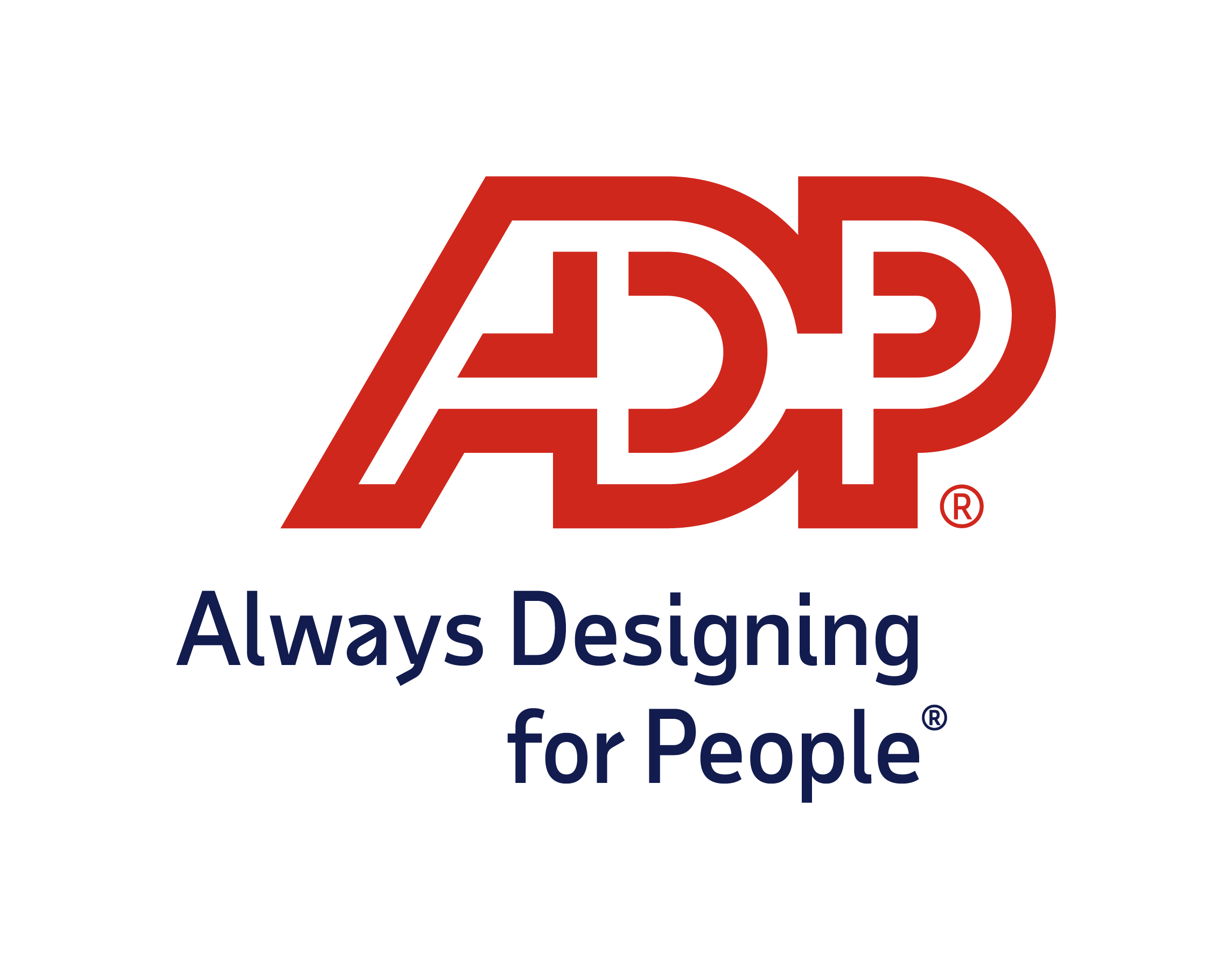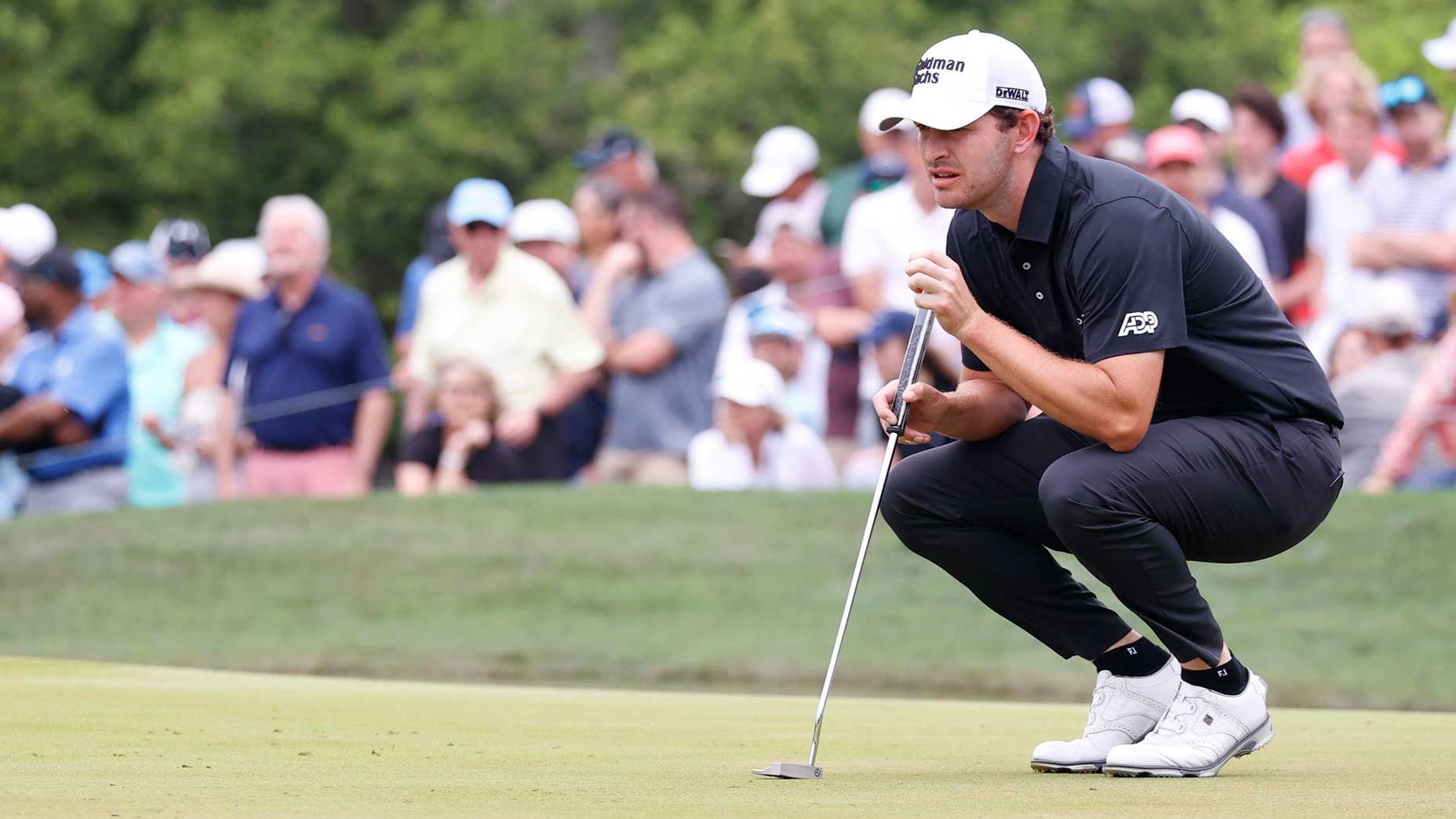Analytics have become an integral part of just about everything in the modern world, and golf is no exception. Whereas a decade ago the game was still more art than science, that is no longer the case. With the rise of strokes-gained data, implementing analytics into course management has become common practice.
When it comes to team competitions, those analytics are all the more important. While golf is typically an individual sport, team competitions are different. Finding players whose games compliment one other’s is crucial. No longer are pairings put together based just on vibes. Now, it’s all about the data.
Patrick Cantlay, an eight-time PGA TOUR winner and Team ADP ambassador, is among the most prominent players who has embraced data and analytics to optimize his game. And team competitions — like this week’s Ryder Cup — allow that strategy to shine through.
“Some of the best parts of those weeks are me chatting with the analytics team,” Cantlay said in a conversation with Jack Berkowitz, ADP’s chief data officer (which you can watch in the video above). “They’ve become some of my good friends.”
This week at Marco Simone Golf Club, Cantlay will compete in his second Ryder Cup as he looks to help the Americans win on European soil for the first time since 1993. And there’s no doubt that number-crunching will play a huge role in the strategy of the U.S. all week long.
Check out the video above, or keep reading below, to learn how Cantlay uses data to improve his game.
Craft a game plan
Golfers often spout the adage “take it one shot at a time,” but when it comes to analytics, that’s not always the best strategy. When using analytics to optimize a game plan to attack the course, Cantlay and his team have their strategy for each round mapped out before he ever tees off.
“I have a stats team that will send me the data tailored for me at the beginning of the week,” Cantlay says.
With this data in hand, Cantlay knows ahead of time exactly how he and his caddie will attack the course. There’s no guesswork or decision-making based on emotions. Lay up or go for it? Driver or 3-wood? Everything is decided before the balls are in the air.
“The thing I like about the data is you’re standing on that tee box knowing that you’re making the right decision,” he says. “[That’s] half the battle in golf.”

Know where to miss
Golf is a game of managing misses. Posting a solid score is not only making good shots, it’s also about managing the bad ones. This is even true for professional golfers, and Cantlay, ranked world number 5, is no exception.
Based on the hole locations each day, Cantlay’s team will provide him with info on where the best places to miss are. For example, some bunkers are easier to get up-and-down from than others, so he will aim away from the hazards with the worst outcomes percentage-wise.
“Picking a club and picking a shot where the distribution of that shot is most likely going to leave me in a spot where I can get up-and-down more of the time is how I’m thinking about it,” Cantlay says. “The rest of that is feel and execution.”
Managing your misses is a crucial element of golf, even at the highest levels.
Ask Cantlay. Or better yet, check the data.
To learn more about ADP, visit here.


